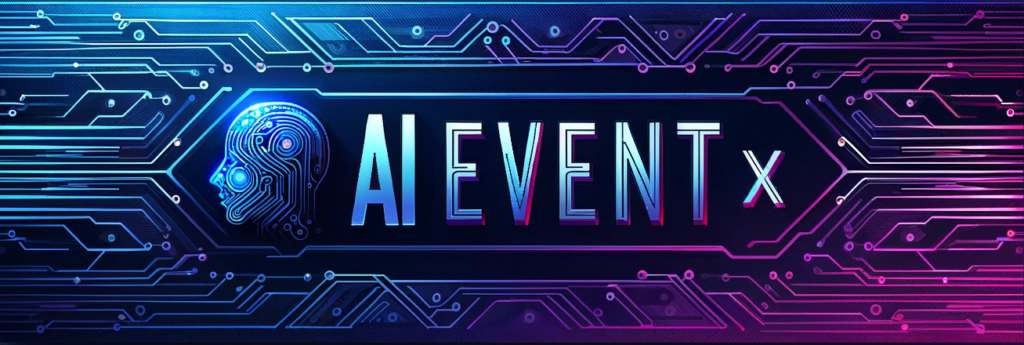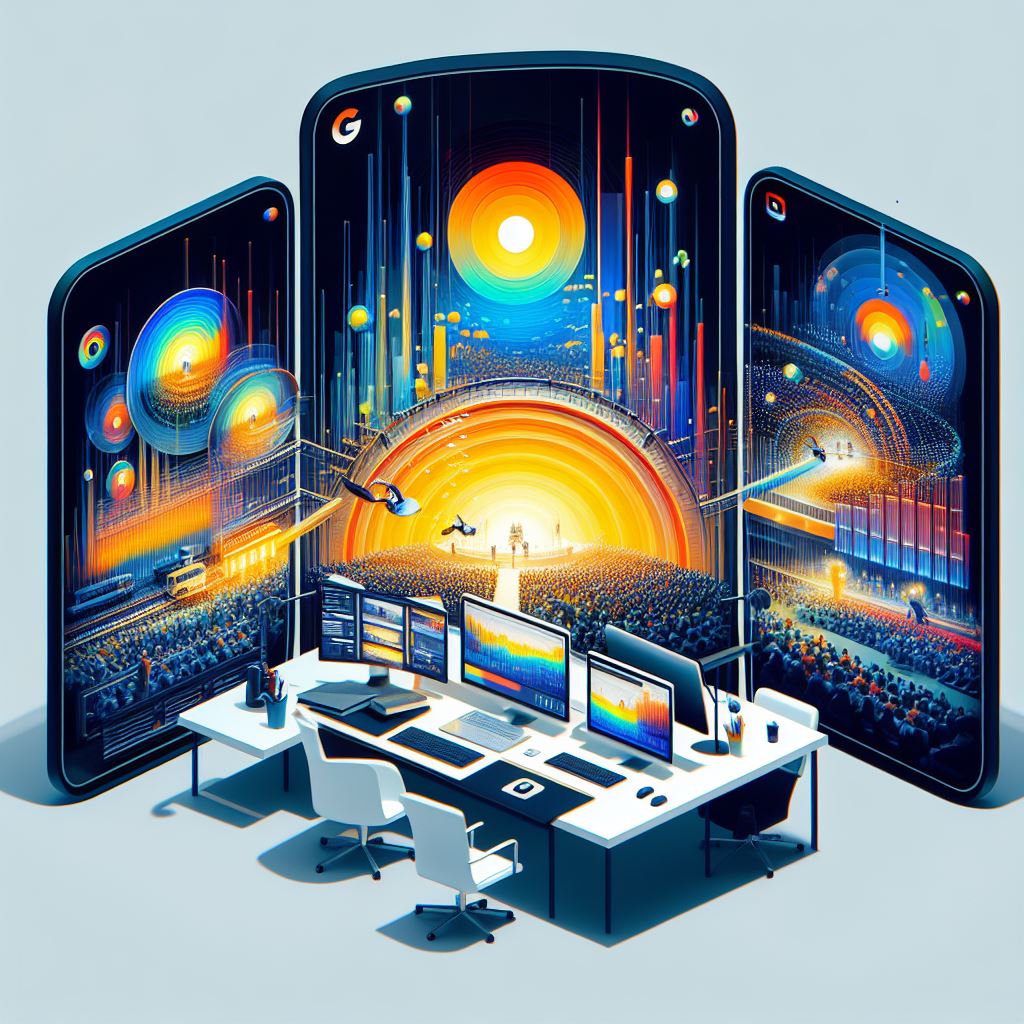Google’s VideoPoet is a large language model (LLM) that can generate and edit video from various inputs, such as text, images, and video clips. It is one of the most advanced AI tools for video generation, as it can produce high-quality, high-motion, and variable-length videos with zero-shot learning. In this blog post, we will explain how VideoPoet works, what it can do, and why it is important for the future of visual storytelling.
VideoPoet is based on the idea of using LLMs for video generation. LLMs are powerful neural networks that can learn from large amounts of data across different modalities, such as language, code, and audio. LLMs can generate coherent and diverse content by predicting the next token in a sequence, given some context. For example, an LLM can generate a poem, a song, or a story, given a few words or a theme.
However, video generation is challenging for LLMs, because videos are not discrete tokens, but continuous signals. To overcome this challenge, VideoPoet uses multiple tokenizers to convert video, image, audio, and text into sequences of discrete tokens, and vice versa. A tokenizer is a function that maps a signal into a sequence of integers, and a decoder is a function that maps a sequence of integers back into a signal. For example, a video tokenizer can encode a video clip into a sequence of tokens, and a video decoder can decode a sequence of tokens into a video clip.
VideoPoet uses the following tokenizers and decoders:
- MAGVIT V2 for video and image: This is a state-of-the-art video tokenizer that can encode and decode high-resolution and high-motion videos. It uses a transformer-based architecture that can capture both spatial and temporal information in videos. It can also encode and decode images, by treating them as single-frame videos.
- SoundStream for audio: This is a novel audio tokenizer that can encode and decode high-quality audio signals. It uses a convolutional neural network that can capture both low-level and high-level features in audio. It can also handle variable-length audio clips, by using a special end-of-sequence token.
- GPT-3 for text: This is a well-known LLM that can encode and decode natural language text. It uses a transformer-based architecture that can capture both syntactic and semantic information in text. It can also handle various natural language tasks, such as summarization, translation, and question answering.
By using these tokenizers and decoders, VideoPoet can train an LLM to learn across video, image, audio, and text modalities. The LLM can take any combination of these modalities as input, and generate any combination of these modalities as output. For example, the LLM can take text as input, and generate video and audio as output, or vice versa. This enables VideoPoet to perform a wide variety of video generation tasks, such as:
- Text-to-video: The LLM can generate a video clip that matches the description given by a text prompt. For example, given the prompt “a dragon breathing fire”, the LLM can generate a video of a dragon breathing fire, along with the corresponding audio.
- Image-to-video: The LLM can generate a video clip that animates the image given as input. For example, given an image of a dog, the LLM can generate a video of the dog running, barking, or doing other actions, along with the corresponding audio.
- Video stylization: The LLM can generate a video clip that applies a certain style or theme to the video given as input. For example, given a video of a train, the LLM can generate a video of the train in a fantasy landscape, oil on canvas, or other artistic styles, along with the corresponding audio.
- Video inpainting and outpainting: The LLM can generate a video clip that fills in the missing or masked parts of the video given as input. For example, given a video of a person with a mask over their face, the LLM can generate a video of the person with their face revealed, along with the corresponding audio. Alternatively, the LLM can generate a video clip that extends the video given as input beyond its boundaries. For example, given a video of a car on a road, the LLM can generate a video of the car on a longer road, with more scenery and objects, along with the corresponding audio.
VideoPoet is a simple and elegant modelling method that can convert any LLM into a high-quality video generator. It leverages the existing LLM training infrastructure and the state-of-the-art tokenizers and decoders for video, image, audio, and text. It can produce coherent and diverse videos with zero-shot learning, meaning that it does not require any fine-tuning or additional data for each task. It can also handle variable-length videos, which is important for realistic and natural video generation.
VideoPoet is a breakthrough in the field of video generation, as it demonstrates the potential of LLMs in creating and editing visual content. It opens up new possibilities for visual storytelling, as it can generate videos from any text or image input, or edit videos with any text or image guidance. It can also inspire new forms of art and entertainment, as it can generate videos with various styles and themes, or add audio to videos without any text input. VideoPoet is a powerful tool for video generation and a glimpse into the future of visual storytelling.
Also Read: How to use DALL-E 3 for free inside Microsoft Bing

